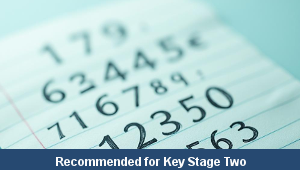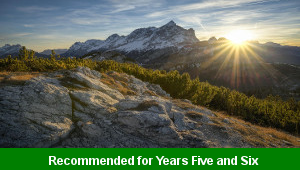Home > Key Stage Two > History > The Maya
Lesson Two – Maya Food and Farming

This history teaching pack for Key Stage Two gets the children to identify and explain some of the different techniques used by the ancient Maya in the past to farm land and grow crops.
The class can suggest and record reasons as to why which specific method of farming could be used to grow a range of crops in different locations inhabited by the Mayans in the past.
Download this teaching pack including a lesson plan, classroom activities and an interactive presentation to teach the children to identify and explain some of the different techniques used by the ancient Maya in the past to farm land and grow crops
Activities in this teaching pack include a shared reading text to identify and explain some of the different methods that the Maya used when farming crops and an set of cards to record some of the reasons as to why the Maya might have used a method of farming to match a specific location.
The interactive presentation gets the children to explore and discuss reasons as to how people in the Maya civilization farmed different crops in the past using methods such as terracing and slash and burn.
This lesson is part of a history scheme of work to research describe and present information and facts about the culture, traditions and achievements of the Maya civilization in the past . There are teaching activities for shared learning, differentiated worksheets to support independent learning and an interactive presentation to introduce concepts and key skills.
-

Maths Arithmetic Assessment
Assess abilities in solving arithmetic number problems for addition, subtraction, multiplication and division when working with informal and formal written calculations
-

Environment
Identify and describe some of the special landscapes and locations that can be found in the world and reflect on how they can be protected and preserved for the future
-

Silent Letter Words
Explore and illustrate the meanings and spellings of some different words with silent letters when using them in a range of topics and scenarios
-

Complaint Letters
Explain and model how to format and structure writing when composing letters of complaint about different issues and scenarios
